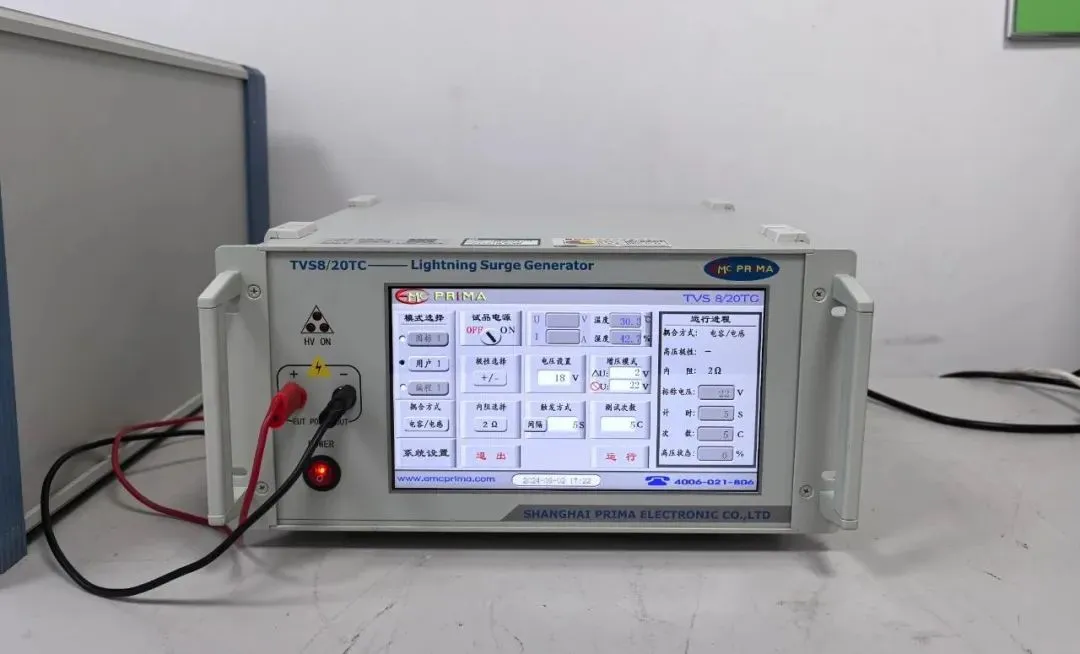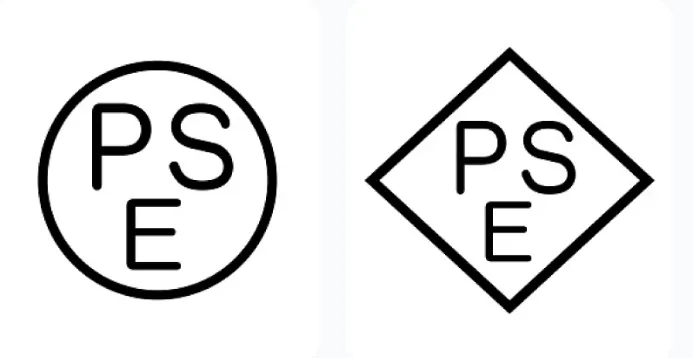
Controller RoHS Testing and Certification
ROHS Testing for Controllers
Controllers must undergo rohs testing to comply with export and sales requirements.

RoHS Testing Principles:
According to the EU WEEE & RoHS [1] directive, qualified domestic third-party testing institutions analyze products by separating materials and testing each material for hazardous substances. Typically, the tests cover the following substances: cadmium (Cd), lead (Pb), mercury (Hg), hexavalent chromium (Cr6+), polybrominated biphenyls (PBBs), polybrominated diphenyl ethers (PBDEs), and phthalates such as dibutyl phthalate (DBP), benzyl butyl phthalate (BBP), di(2-ethylhexyl) phthalate (DEHP), and diisobutyl phthalate (DIBP). ResULts must comply with EU RoHS Directive 2011/65/EU, as amended by Directive (EU) 2015/863.
- Metal materials: Tested for four hazardous metals (Cd, Pb, Hg, Cr6+).
- Plastic materials: Tested for the four hazardous metals and brominated flame retardants (PBBs, PBDEs).
- Packaging materials: Tested for heavy metals as per 94/62/EEC.
Maximum Concentration Limits for the Six Hazardous Substances in RoHS:
- Cadmium (Cd): Less than 100 ppm
- Lead (Pb): Less than 1000 ppm
- Mercury (Hg): Less than 1000 ppm
- Hexavalent chromium (Cr6+): Less than 1000 ppm
With advancing technology, ROHS certification is an essential indicator of the environmental performance of controllers.
Steps and Processes for Controller RoHS Testing:
1. Complete the RoHS Testing Application Form: Submit the requiRED application form for initiating the test.
2. Sample Preparation: Products are disassembled into homogeneous materials for testing. Prepare adequate sample quantities—approximately 20-40 grams for solid samples or 20-40 milligrams for liquid samples.
3. Select a Testing Institution: Choose a qualified third-party laboratory, such as JJR Laboratory in China, to ensure accurate and authoritative results.
4. Testing Execution: The selected institution conducts analysis as per RoHS directive requirements and appropriate testing methods.
5. Result Evaluation: A report is issued detailing whether the content of hazardous substances complies with RoHS limits.
6. Certification: Products meeting RoHS requirements receive a compliance report and certificate. Non-compliant products may require material substitution or design modifications.
7. Continuous Monitoring and Improvement: Even after certification, maintain monitoring of the supply chain and production processes to ensure ongoing compliance. Update products as regulations evolve.
These steps ensure that controller products meet RoHS directive requirements, helping to avoid market barriers and mitigate potential environmental risks.
Email:hello@jjrlab.com
Write your message here and send it to us
 Canadian Rug Flammability Testing
Canadian Rug Flammability Testing
 Toy Flammability Test Compliance Certification
Toy Flammability Test Compliance Certification
 ISO 17025 Accredited Test Laboratory
ISO 17025 Accredited Test Laboratory
 What is Amazon California Proposition 65?
What is Amazon California Proposition 65?
 New METI Registration Regulations in Japan
New METI Registration Regulations in Japan
 Attention for Amazon Japan Sellers: New PSE Regula
Attention for Amazon Japan Sellers: New PSE Regula
 Compliance with Japanese Representative & METI
Compliance with Japanese Representative & METI
 ZigBee-LoRa-Z-Wave Product compliance testing
ZigBee-LoRa-Z-Wave Product compliance testing
Leave us a message
24-hour online customer service at any time to respond, so that you worry!




